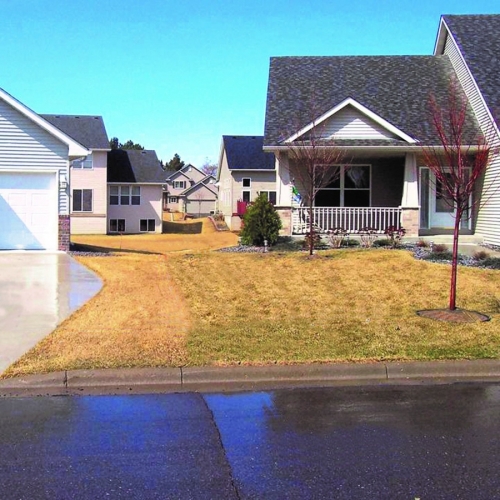What Is an Easement and Why Should You Care?
When you buy a home, you probably expect full control over your land. But what if a neighbor claims the right to drive across your backyard, or the city says it needs access to maintain sewer lines beneath your garden? These scenarios often involve what’s known as an “easement,” and they can lead to serious legal battles if misunderstood.
Easement disputes are some of the most common land use conflicts between residential property owners in the United States. They can affect property value, restrict how you use your land, and even spark lawsuits. Let’s explore what easements are, the different types, and how to handle disputes before they escalate.

Types of Easements Homeowners May Encounter
Not all easements are the same. Here are the most typical types you may deal with:
| Type of Easement | Description |
|---|---|
| Right-of-Way | Grants someone access through your property, often for driveway or footpath use. |
| Utility Easement | Allows utility companies to maintain power lines, water pipes, or sewer lines. |
| Prescriptive Easement | Gained through long-term, open, and continuous use without permission. |
| Private Easement | Created by agreement between private parties, usually written into the deed. |
Common Sources of Easement Disputes
- Unauthorized Use: A neighbor uses your land without a formal easement, then claims a right after years of use.
- Blocked Access: You erect a fence or landscaping that interferes with an existing easement.
- Expansion of Use: A utility company or neighbor expands their easement beyond its original terms.
- Title Confusion: A deed may reference an easement that was never properly documented or recorded.
How to Legally Handle an Easement Dispute
1. Review Your Title and Property Deeds
Start by checking your title report and deed. Easements are often recorded there, outlining who has rights and under what conditions.
2. Speak with a Real Estate Attorney
Legal language in easement agreements can be complex. An attorney can help you interpret rights and draft letters to protect your interests.
3. Talk with Your Neighbor
Sometimes, disputes are based on misunderstandings. Discuss usage boundaries and reach a compromise before taking legal action.
4. Hire a Surveyor
A licensed land surveyor can determine the precise boundaries of the easement and whether it has been exceeded or altered.
5. Consider Filing a Quiet Title Action
If an easement is in dispute or someone claims a prescriptive easement, you may need to file a lawsuit asking the court to clarify or remove the easement from the property title.
Preventive Measures: Protecting Your Property from Easement Conflicts
- Conduct a Full Title Search Before Purchase: Always check for existing easements during real estate transactions.
- Document Agreements in Writing: If you allow access, get it in writing with clear terms and duration.
- Don’t Ignore Unauthorized Use: Allowing long-term usage without protest could lead to prescriptive rights.
- Install Gates or Signs: This demonstrates that access is by permission, not by right.
Conclusion
Easement disputes are not just legal technicalities—they directly affect your freedom to use and enjoy your property. Whether it’s a shared driveway, buried power line, or a neighbor who’s been using your land for years, understanding your rights is the first step toward resolution. Always check your deed, consult professionals, and act quickly when problems arise. With the right approach, you can maintain both your property rights and your neighborhood peace.